Cover Photo by Monish Landge
A giant elephant head, a broken tusk, a rounded body carrying the wisdom of the universe and a tray of modaks by his side; with the tiny mouse perched upon his feet, the mighty Ganesha is revered by millions around the world. His adorable appearance can make every child say ‘Oh, my friend Ganesha!’, while a lotus in his hand and the second arm raised with an axe makes him the remover of obstacles & the patron of art and silence. The birth of the son of Shiva and Parvati is celebrated with great fervour and devotion every year.
It is time for the annual Ganesh Chaturthi festival, also known as the Vinayaka Chaturthi. This revered deity’s appeal is diverse and multi-fold and appeals to different parts of the country in different ways. Even his birth has many legends attached to it – oddly fitting for Ganesha – wise like the elephant, devoted as a son and protector of his devotees. It is celebrated with much enthusiasm especially in the states of Maharashtra, Tamil Nadu, Andhra Pradesh and Karnataka.
As the festival draws closer, here’s throwing some light on the interesting facts behind Ganesh Chaturthi and the mighty deity. After all, isn’t celebration more meaningful when you know the story behind it?
The Legend
Some communities celebrate this festival to mark the birth of Mahabharata. It is said that Lord Ganesh wrote Mahabharata as Sage Vyasa recited it to him. Ganesh demanded the sage to recite it without any delay or pause. In the process, the writing instrument of Ganesh broke. Since he had no time to get a new one, he broke a part of his ivory and continued writing. It is said that the writing process went for 10 whole days. After the epic was completely written, on the eleventh day, clay was applied over Ganesh body and he was asked to take bath in a river. These ten days are celebrated during the Ganesh Chaturthi festival and on the eleventh day, the idol is immersed into any water body.
With each legend attached to Ganesha, there are multiple interpretations, different layers and meanings to unpack. Each has a significance, which you’ll see in the different ways in which people celebrate the festival.
The Ritual
The festival includes 4 distinct rituals – Pranapratishhtha, Shhodashopachara, Uttarpuja and Ganpati Visarjan. In Pranaprathishhtha, the idol of Ganesha is created. The devotees then place the idol on a pandal or in their home. Devotees pray, perform musical concerts and sing devotional songs to the idol. During Shhodashopachara, 16 types of prayers are performed, including decorating the idol with flowers and offering sweets. The third phase – Uttarpuja – takes place right before the immersion. The deity is taken from the home or pandal and is prepared for the water. The final ritual is Visarjan, where the idol is immersed in the sea.
The Festival & the celebration
It is estimated that the founder of the Maratha Empire, Chhatrapati Shivaji Maharaj began celebrating it during 1630-1680 as Lord Ganesha was the Kuldevata or family God of the Peshwas. After the fall of the Peshwas, the celebrations became a family affair in Maharashtra.
The freedom fighter Lokmanya Tilak revived this festival in 1893 and transformed it from an annual domestic celebration to a large public event. At a time when the British government banned social and political assemblies in India, the celebration provoked patriotic sentiments and reunited people from all castes and communities against colonial rule.
On the day of Ganesh Chaturthi, devotees worship Ganesha idols, perform the aarti and offer prasad of fruits and sweets, especially modak, which is considered to be the favourite of Lord Ganesha. In several places, clay idols of Ganesha, big and small, are made months in advance and thousands of devotees take them home to worship. It is customary to immerse these idols in water once the festivities are over with a prayer requesting the god to visit his devotees again the following year.
Places to celebrate
In India
Maharashtra & Gujarat:
The excitement for this 10-day long festival begins weeks before Ganesh Chaturthi, with several people making clay idols of Lord Ganesha and painting them. There is more consciousness in terms of organic choices for the Ganpati idol, as the erstwhile methods have been found to deeply affect marine life and pollute the environment. Idols of Ganesha can be found in every home, in every corner, on the street as neighbourhoods come together to celebrate. Cultural events, rituals, musical events, folk and classical dance, poetry and more are stuffed into every second of these 10 days. Finally, the 10th day ends with grand processions to immerse the idol.
Madhya Pradesh:
Crowds throng to temples like Khajrana Ganesh temple in Indore and Chintaman Ganesh temple in Ujjain to witness the grand rituals. Religious and cultural festivals are held in different neighbourhoods.
Goa:
Ganesh Chaturthi is known as Chovoth in Goa. A matoli is set up where the idol is worshipped with bhajans, aartis and pujas. Sweets like modak and neuri and other savoury items are distributed. Special vegetarian meals are prepared for the festival. Finally, the idol is prepared and then taken out for immersion into Goan waters.
Kerala:
Known as Vinayaka Chathurthi, this festival is celebrated during Chingam masam (month) in Kerala. Chingam is the first month of the year according to the Malayalam Calendar. As this calendar is different, the festival might occur a month before other states celebrate.
Karnataka:
In Karnataka, the festival begins by celebrating Lord Ganesha’s mother, Gauri (Parvati). Celebrations are extensive across the different temples in the region and people often pray to both mother and son. Women, in particular, pray to Goddess Gauri for a long and happy married life, as well.
Andhra Pradesh:
In Hyderabad, devotees flock to the Khairatabad idol – one of the tallest Ganesha idols installed for the festival. The festival ends with this gorgeous idol immersed in Hussain Sagar Lake.
Around the World
With Indians residing in every corner of the world, this festival is celebrated with equal fervour across the border too. Countries like Canada, Mauritius, Thailand, Singapore, Cambodia, Burma, the US, UK, and Fiji celebrate this festival and many of these countries' governments have declared a public holiday for that day.
Mauritius:
Ganeshotsav is celebrated in Mauritius by the local Hindu community which consists of 52% of the total population on this island. In fact, the first day of this festival is a public holiday in Mauritius. The Bhiwajee family first held the celebrations in 1896 at Cascade Valley in Henrietta. They have kept the tradition alive even today. It is glorious to celebrate this festival in the temple as the Ganesh idols made out of mud are established at temples and homes. Devotees visit temples, offer aarti and perform a traditional dance.
France:
Held at the largest Hindu temple Sri Manikka Vinayakar temple in France, the Lord Ganesha is venerated with lots of pomp and enthusiasm. Moreover, you get a chance to see a chariot procession held in his honour. This ten-day festival culminates in a chariot procession of the Utsav Murti i.e. the idol created especially for this festival. The chariot is pulled by thousands of devotees dressed in traditional clothes. Two water trucks precede the procession and wash the roads to purify the road for Lord Ganesha. Not only Indians but Sri Lankans, the French and Europeans also take part in the procession. This procession travels through the roads in Paris for four miles and then returns to the temple.
USA, Canada & United Kingdom:
Cities like Toronto, London, New Jersey etc have a large Indian community residing which is why many Indians get the Ganesh idol at their home, take part in the celebrations in the temples and perform the aarti every day. In Hounslow, the principal town in London, more than 5000 people show up every year for the celebration of this festival. The idol is placed at the Laxmi Narayan Temple followed by a grand aarti, with traditional food, dance, and fancy dress competition throughout the days. It ends with a procession to Ham, where the idol is immersed in the Thames followed by 4000 devotees, police protection, and 50 volunteers to ensure people’s safety.
Each Indian festival is celebrated with much fervour across the country and it is a sight to behold being a part of them. A festive trail is definitely recommended and here is the specially curated festival tour package for you to choose from.
Written by: Aashima Kadakia
Creative ninja and a true follower of ‘Work, Save, Travel, Repeat’, I love to travel, experience places and bring back stories for a lifetime. Born and brought up in Ahmadabad, I like to visit the same old places, the same cliched tourist spots and destinations, but choose to see the unexplored in the old places. Always inclined towards the mighty mountains in their debate with the beaches!










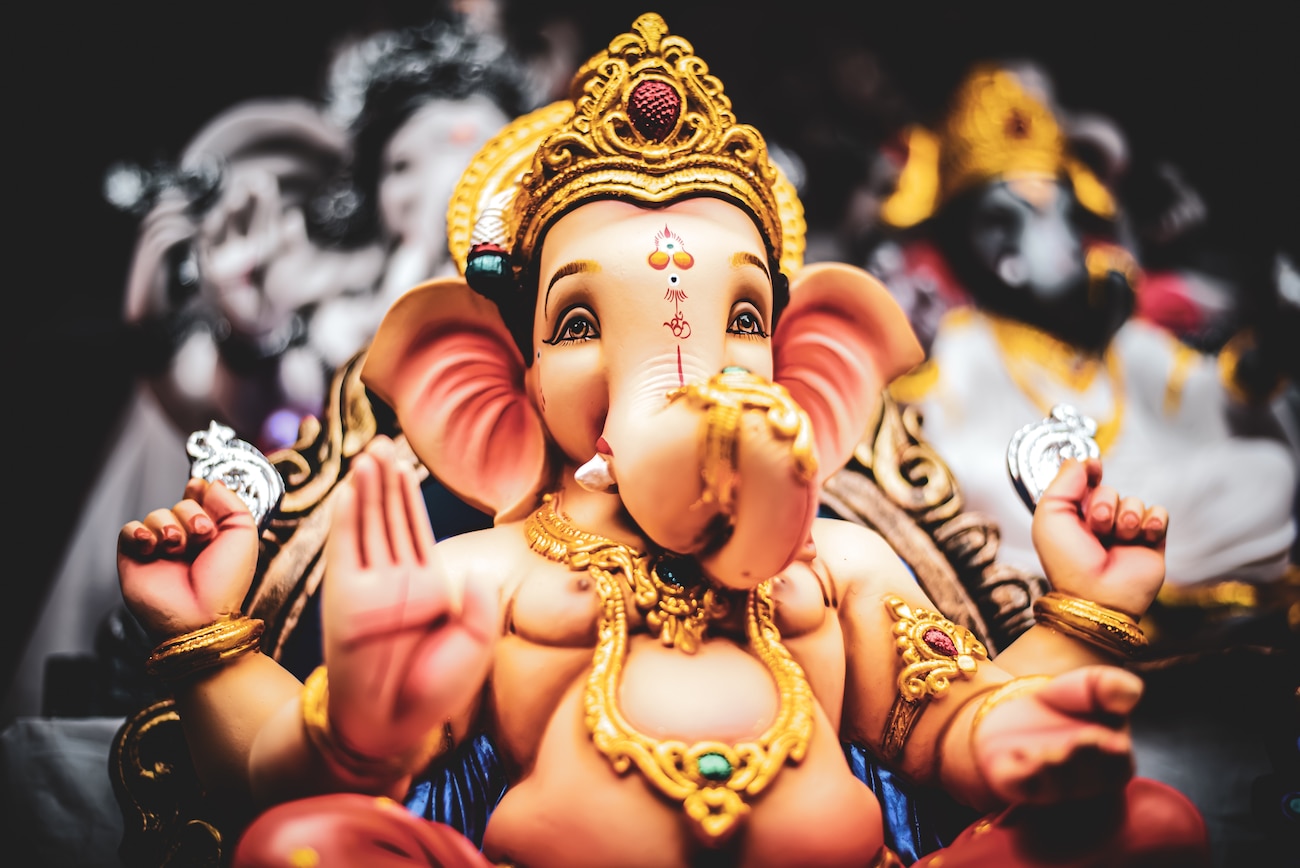


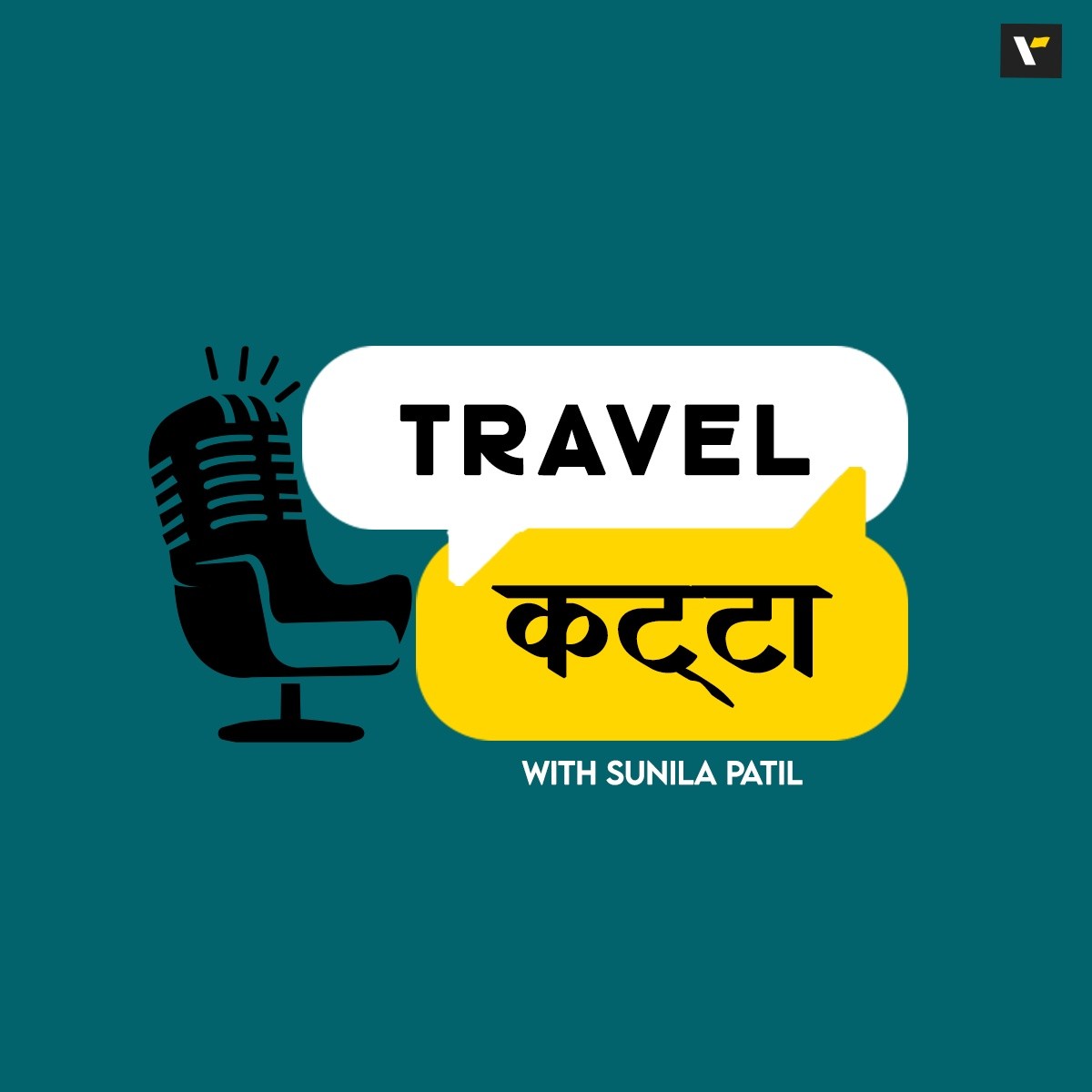
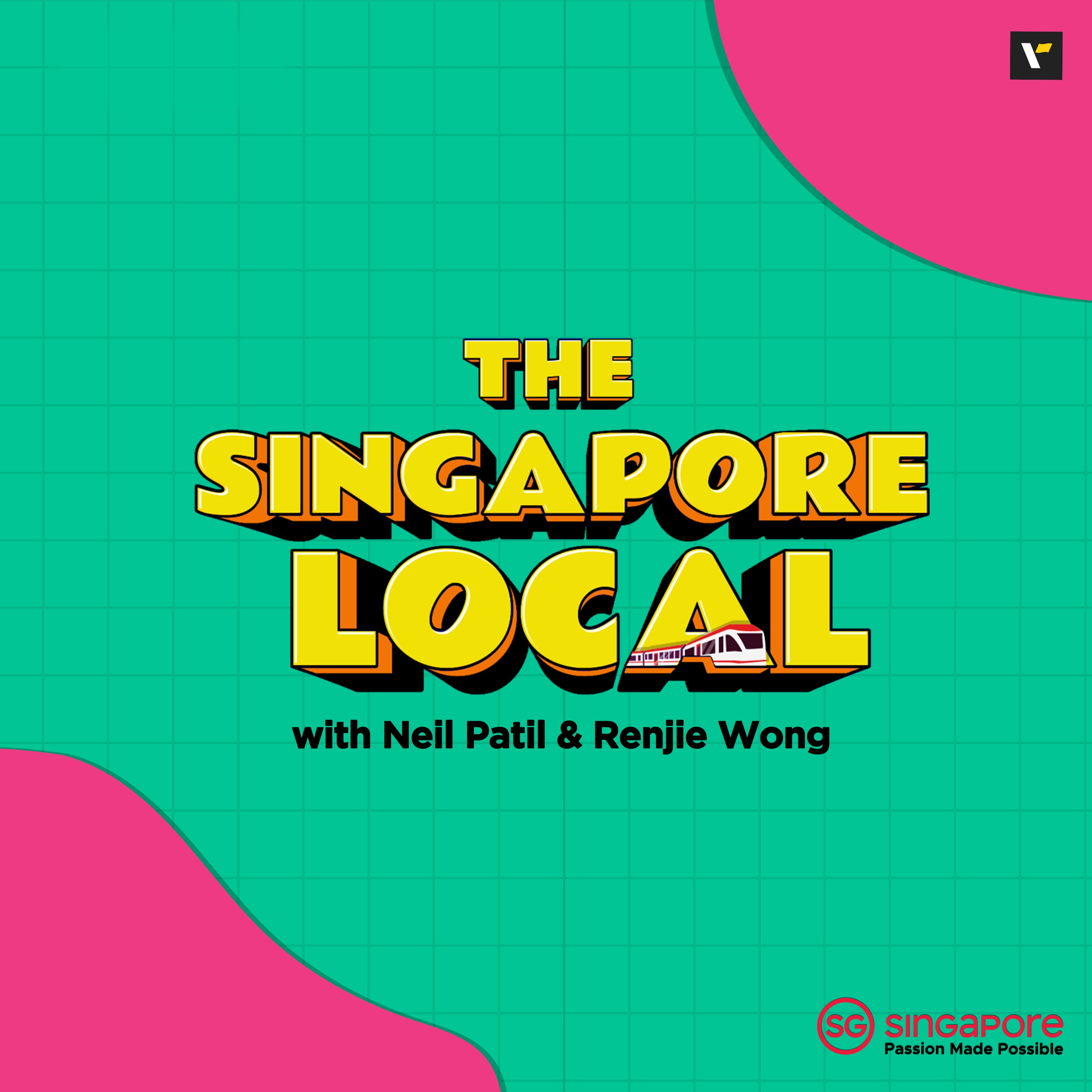
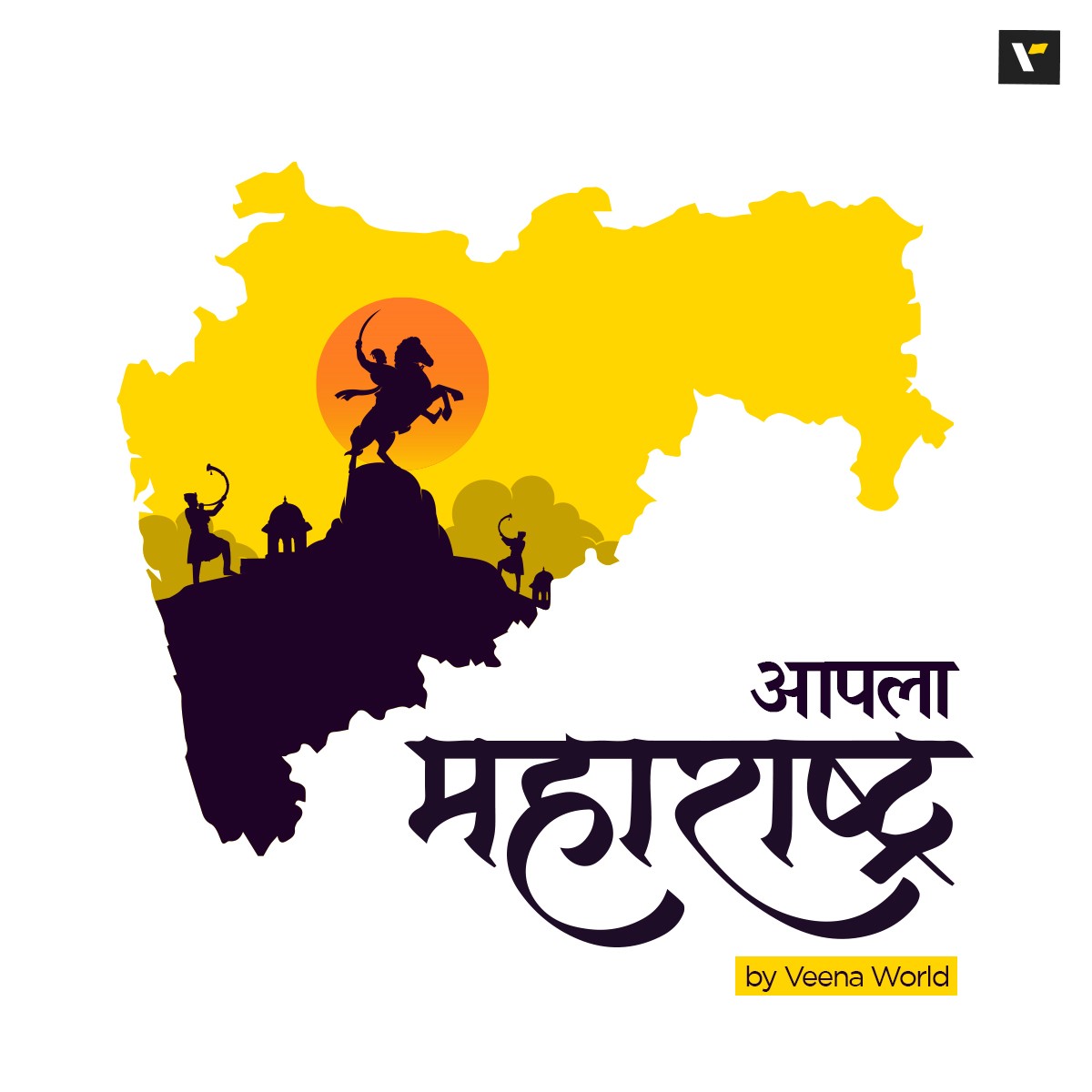





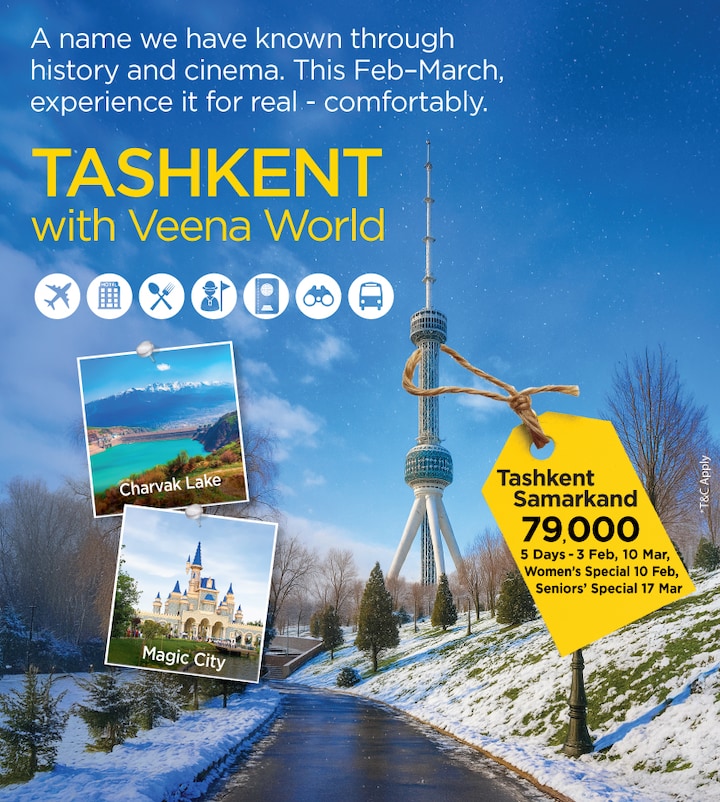




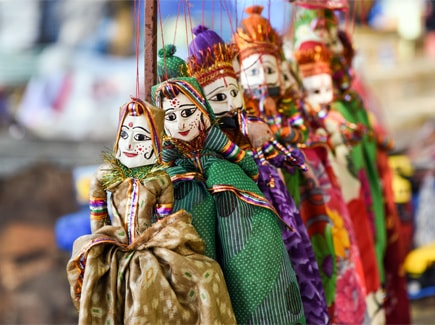
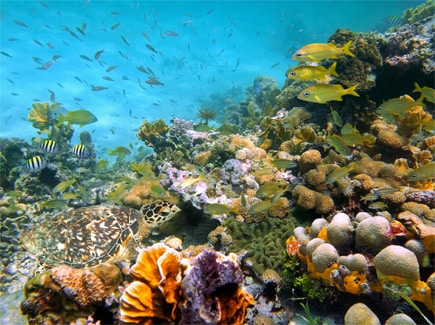
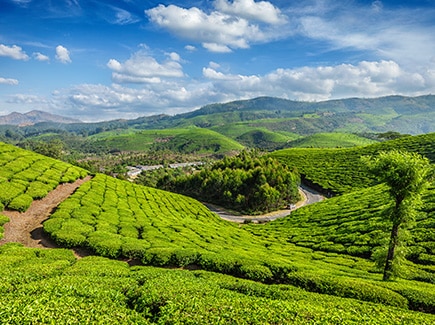

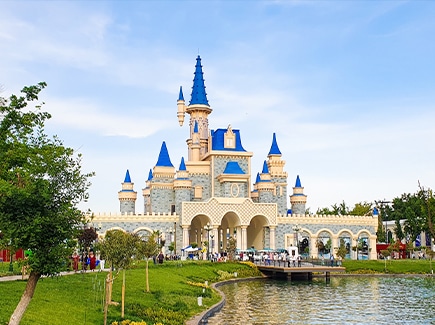
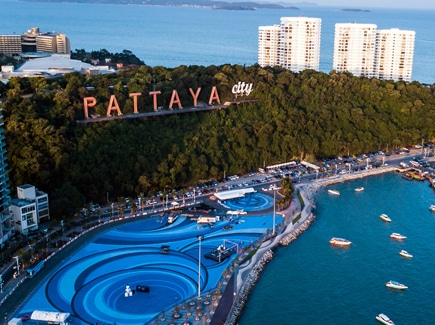
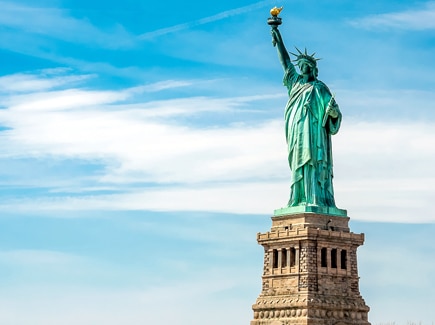
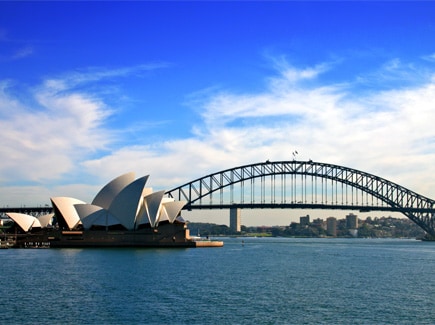


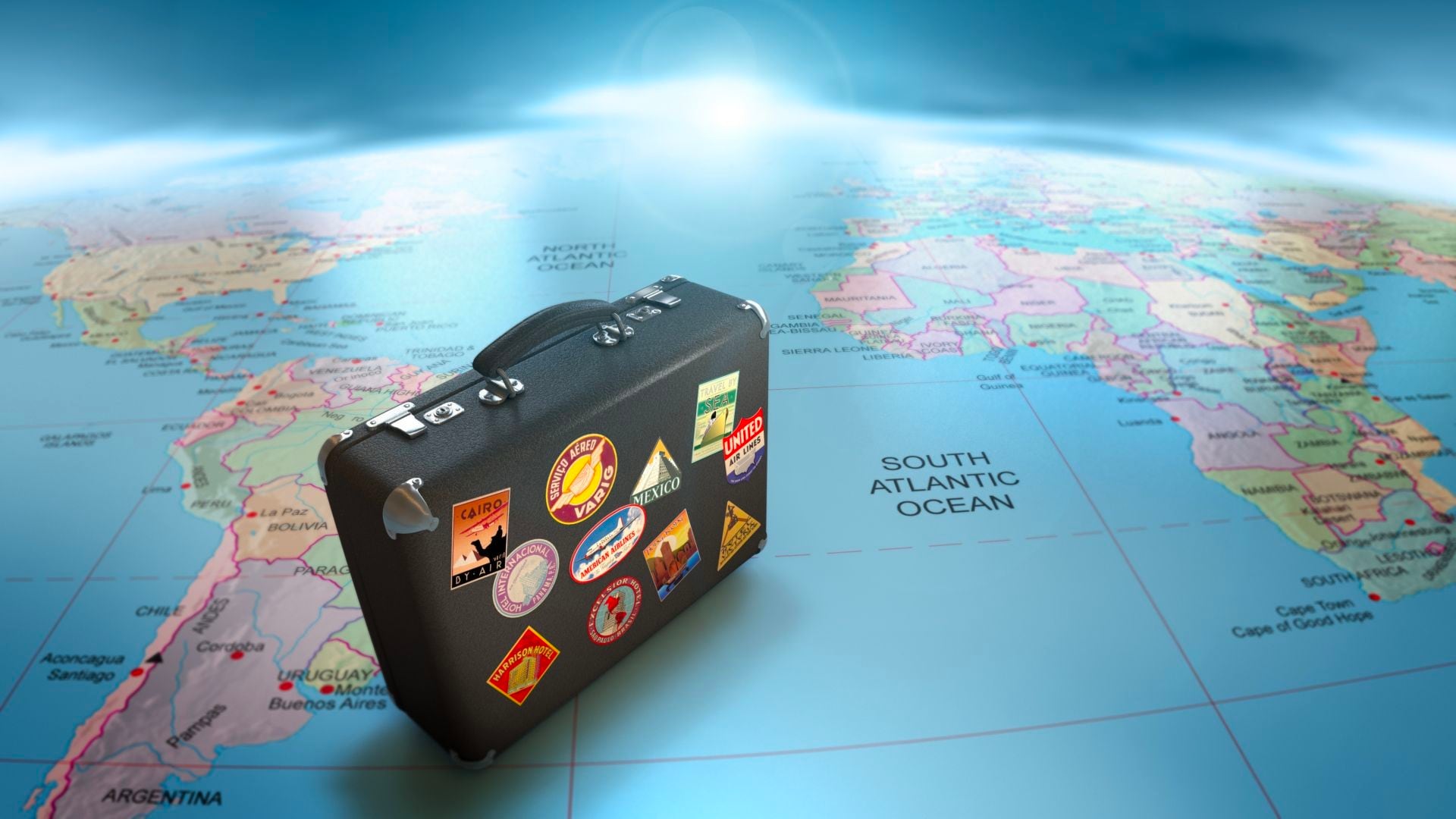

Post your Comment
Please let us know your thoughts on this story by leaving a comment.